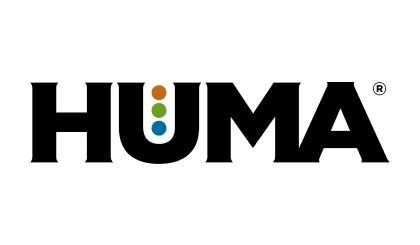How to Combat High Phosphorus Prices Without Cutting Fertilizer Rates
Like a lot of other farmers, when I got my 2026 DAP and MAP prices, I was stunned. After picking my jaw up off the floor, I started thinking about my options.
My first thought was just to cut my dry fertilizer rates. But deep down, I know that the easiest way to fight low prices is to grow more bushels—and that’s hard to do with less fertilizer.
That’s when I took off my farmer hat and put on my Huma sales hat. I realized there are better ways to stretch fertilizer dollars without sacrificing yield.
Two Ideas Jumped Out Right Away:
1. Use SUPER PHOS®
2. Release the phosphorus already in the soil that isn’t plant-available
SUPER PHOS: A SMARTER PHOSPHORUS SOURCE
In the past, I’ve mostly thought of SUPER PHOS as a starter fertilizer—especially as a replacement for 10-34-0 in corn. Historically, it couldn’t compete price-wise with DAP or MAP. But for 2026, that’s no longer true.
SUPER PHOS, powered by Huma’s Micro Carbon Technology®, gives you a big advantage. I’m looking at using it in my burndown or pre-emerge application. Just one gallon of SUPER PHOS delivers the equivalent of 50 units of P2O5—and because it’s complexed with carbon, it’s more available to the plant and less likely to get tied up in the soil.
K-HUME®: UNLOCKING THE PHOSPHORUS YOU ALREADY PAID FOR
The other piece of the puzzle is tapping into the nutrients that are already in the soil but not available to the crop.
That’s where K-HUME comes in. It’s one of my favorite Huma products—a dry granular humate treated with potassium hydroxide. That treatment means when K-HUME hits moisture, it starts releasing humic acids right away.
An untreated dry humate can take years to fully break down, but K-HUME releases within one growing season. Those humic acids help free up tied-up nutrients, especially phosphorus, so plants can use what’s already there.
Adding K-HUME to my 2026 fertilizer mix will help me reduce overall phosphorus costs while improving efficiency and soil health at the same time.
THE BOTTOM LINE
When fertilizer prices spike, it’s easy to just cut rates. But thinking outside the box—using tools like SUPER PHOS and K-HUME—can help us get more from what we’ve got.
The goal isn’t to spend less—it’s to spend smarter and make every pound of phosphorus count.
Related Posts

Our Most Popular Case Studies
Bioremediation can improve the activity and reproduction of wastewater microbiology. The following case studies used bioremediation to improve wastewater treatment conditions and operating costs.

This Week In Ag #95
Fans of the animated Christmas classic “The Year Without a Santa Claus” will undoubtedly recall Heat Miser and Snow Miser, the bickering siblings who controlled weather patterns. Their outright refusal to cooperate with one another forced Mrs. Claus to go over their heads and see Mother Nature when she desperately needed snow to fall in

Does Eutrophication cause Algae Blooms?
Eutrophication is the structural change of water ecosystems that is caused by excess nutrients. Eutrophication results in algal blooms and poor water quality. By Jael Batty In this article, we discuss what causes eutrophication, how it affects the environment, and how it is treated.

